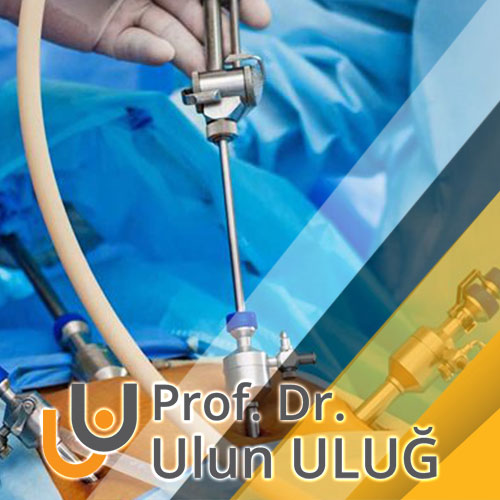What is Laparoscopy?
It is a surgical procedure that helps diagnosis and treatment, in which certain holes are drilled in the navel of the patients and the image is projected to the optical device, carbon dioxide gas is given to better see the organs in the abdomen. female infertility has increased and diagnosis and treatment can be made easily with the help of laparoscopy

It is a procedure that cannot be applied to extremely thin or overweight patients, and cannot be applied to individuals with extensive lung disease and intense heart disease. In the process, carbon dioxide gas is given to the body so that the image can be reflected on the monitor. If there is no obstacle in the anatomical sense, the diagnosis or treatment will be successful and the result will be achieved in a short time. Here, the decision will be made by the gynecologists according to all these evaluations.
When is laparoscopy performed?
Laparoscopy is not only a method applied by the obstetrics branch. However, it is mostly preferred for gynecological problems. In the field of gynecology, it is a method that can reveal successful results in determining the cause of infertility, treating the cause of infertility, reaching intrauterine problems, treating them, even removing the uterus, cancer treatments. It is mostly used in the detection of infertility problems among obstetrics patients. Endometriosis is a very dominant diagnosis and treatment method for issues such as infertility due to ovarian problems, intrauterine adhesions, fibroids, ectopic pregnancy.
How is laparoscopy performed?
Operating room conditions will be needed. In patients, a sufficient number of tiny incisions will be made from the umbilicus after the body numbness is achieved with general anesthesia on the specified day. In a diagnostic sense, laparoscopy includes procedures that usually take less time and can produce results in an average of 20 minutes. In laparoscopy for therapeutic purposes, additional apparatus will be activated and the procedure will be extended according to the subject. In the presence of female uterine fibroids, the duration may be up to 45 minutes on average, while it may take up to 2.5 hours if the uterus needs to be removed completely.
Laparoscopy application may not be limited to just one time. In infertility problems, laparoscopy can sometimes become a method that can be applied several times.
3 to 5 mm to be opened from the female navel with laparoscopy. With the incision, the surgical instrument will illuminate the inner region of the abdomen, allowing better observation of the uterus and ovaries. It is easier to get an idea about the intra-abdominal organs that will grow up to 10 times. Here, metamorphic structures, fibroids, endometriosis, cysts, cancerous structures can be detected and treatment will be possible at the same time as diagnosis. Since it will be easy to detect the formations with the image reflected on the camera, the surgical procedure will be performed, which makes patients less tired and doctors less tired.
In which health problems is laparoscopy preferred?
- Oncological types of surgical procedures
- If there is an ectopic pregnancy
- If the uterus needs to be removed
- In the presence of endometriosis
- Diagnosis and treatment of problems in the tubes
- If tubing is considered necessary
- If there are adhesions in the inner part of the abdomen
- When it is necessary to detect and remove formations such as fibroids and polyps
- It can be considered if there is abscess in the pelvis.
To whom is it inconvenient to apply?
- Gas to be given to extremely thin patients can have a bad effect and may not be suitable for very thin patients.
- Gas can have a bad effect in patients who are overweight, and in this respect, it will not be considered to be applied to people with high weight.
- Surgical procedure cannot be performed with the laparoscopic technique to people with chronic lung disease.
- It will not be correct to apply surgical procedure with laparoscopy to patients living in a certain heart disease group.

